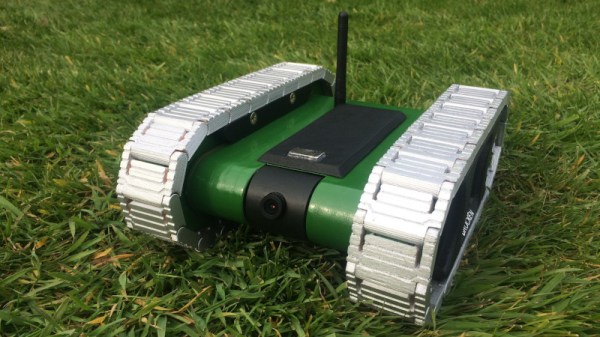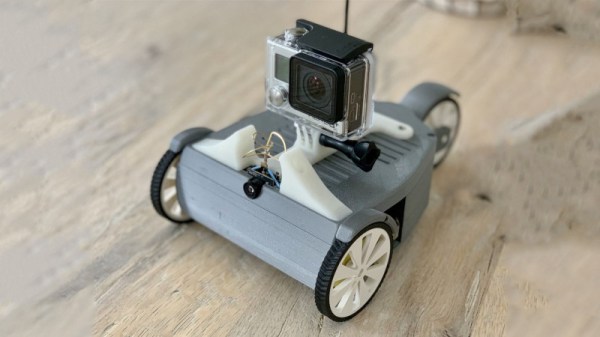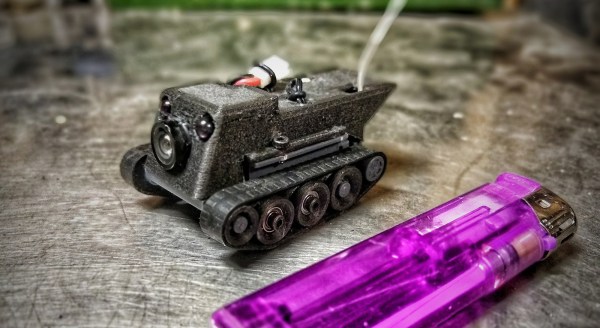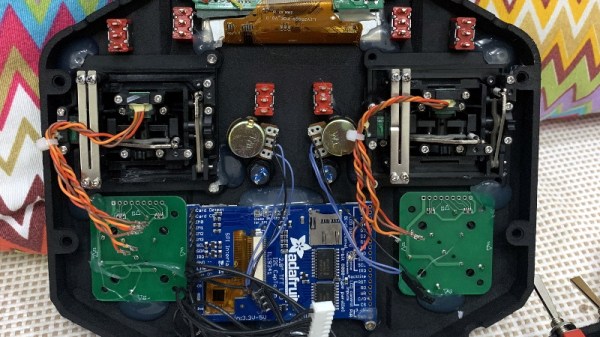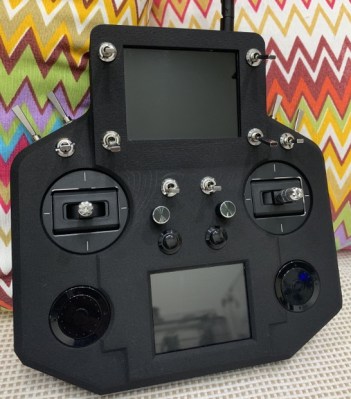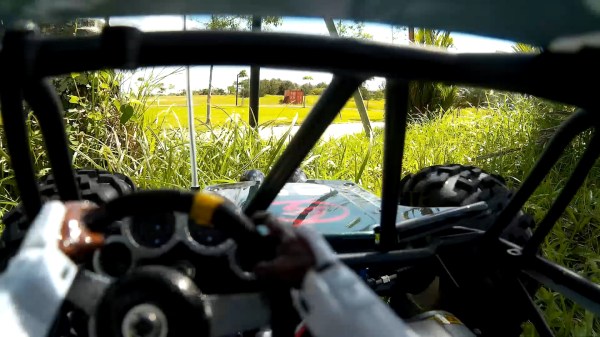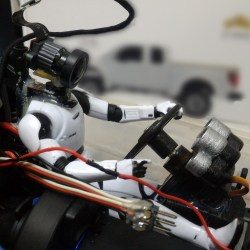A staple of today’s remote-controlled flight is the so-called FPV transmitter, allowing the pilot of a multirotor or other craft to see the world from onboard, as a pilot might do. It’s accessible enough that it can be found on toy multirotors starting at not much more than pocket money prices, and reliable enough that in its better incarnations it can send back high definition video at surprisingly long range.
In case you think of FPV flight as a recent innovation, the video below the break from [Larry Mitschke] should come as a revelation. In 1986 he was a bona-fide rockstar playing in a band, whose radio-controlled flight hobby led him into creating an FPV system for his planes and soaring above the Texas countryside at significant distance from his base while flying it watching a CRT screen.
The video is quite long but extremely watchable, all period footage with his narration here in 2020. We see his earliest experiments with a monochrome security camera and a video sender, and a whole host of upgrades until finally he can fly three miles from base with good quality video. 70 cm amateur TV makes an appearance with a steerable tracking antenna, he even makes a talking compass for when he loses himself. It’s an epic tale of hacking with what seems rudimentary equipment by our standards but was in fact the cutting edge of available video technology at a time when the state of the video art was moving rather fast. This is the work that laid the path for today’s $30 FPV toys, and for flying FPV from space.


